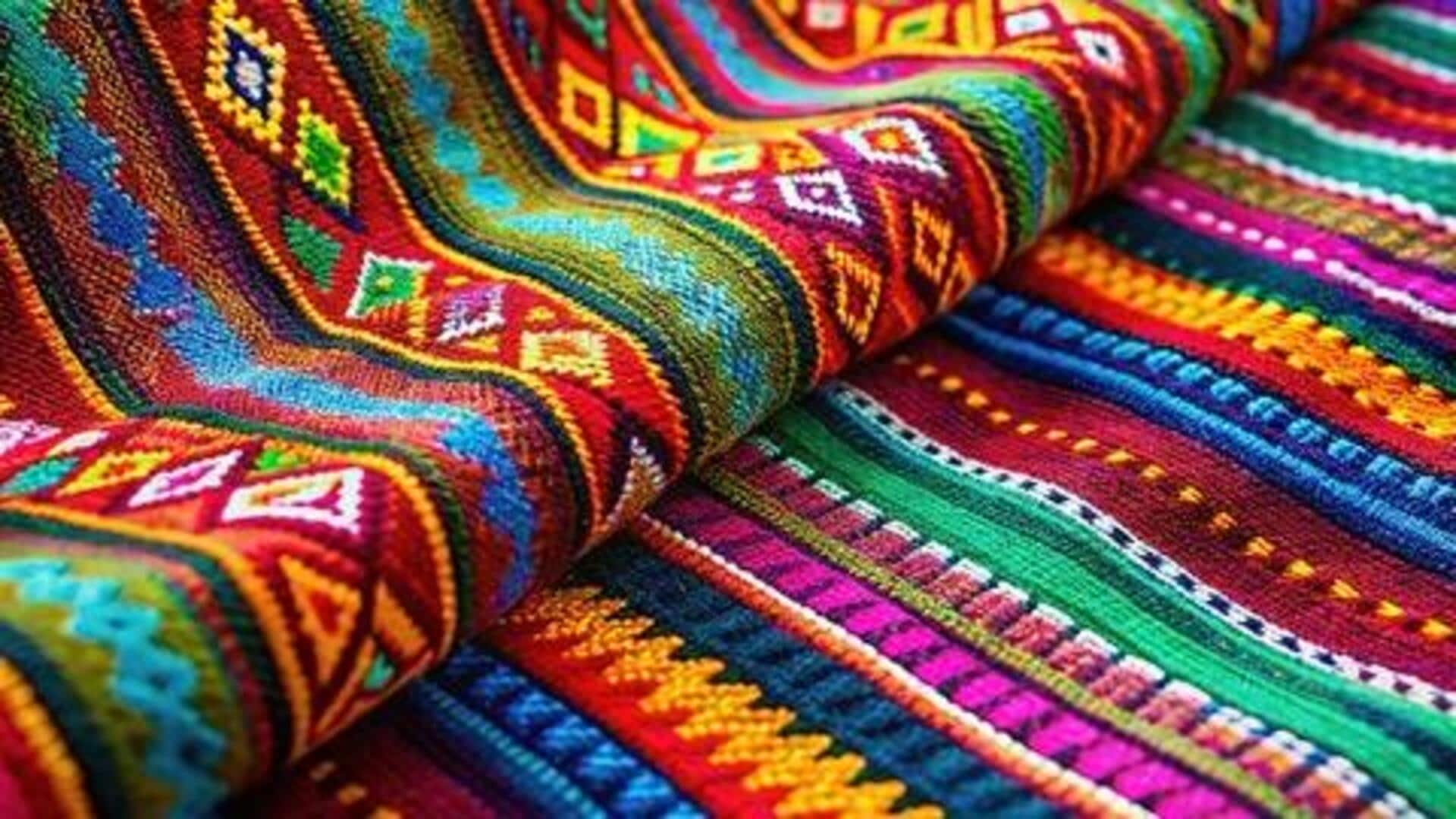
All about Aso-Oke weaving
What's the story
Aso-Oke weaving is a traditional Nigerian textile art that has been practiced for centuries. Originating from the Yoruba people, the craft involves weaving intricate patterns and designs using locally sourced materials. The art form is not just a means of creating cloth but also a cultural expression that reflects the rich heritage of Nigeria. Aso-Oke fabrics are often used for special occasions and ceremonies, showcasing vibrant colors and unique textures.
#1
Historical significance of aso-oke
Aso-Oke has a rich history that dates back to the 14th century. It was initially used by royalty and the elite for ceremonial purposes. Over time, it became a staple in everyday wear and an essential part of cultural identity among the Yoruba people. The fabric's historical significance is evident in its continued use during important life events such as weddings and festivals.
#2
Materials used in Aso-Oke weaving
The materials used in Aso-Oke weaving are locally sourced and sustainable. Cotton is the most common material, prized for its durability and versatility. Silk is also used, especially in higher-end pieces, as it gives a luxurious feel. The dyes used are natural, derived from plants or other organic sources, ensuring environmentally friendly practices are followed.
#3
Techniques involved in weaving
Aso-Oke weaving employs traditional techniques that have been passed down through generations. The process begins with spinning yarn from cotton or silk fibers before dyeing them with natural colors. Weavers then use looms to create intricate patterns by interlacing different colored threads together. Each design tells a story or symbolizes something significant within the culture.
#4
Contemporary uses of Aso-Oke fabrics
Today, Aso-Oke fabrics are not just restricted to traditional attire but are also making their way into modern fashion trends globally. Designers are using these textiles to create contemporary clothing, accessories, and more, without losing their cultural essence. This fusion of old with new not only preserves this heritage but also introduces it to new audiences around the world.